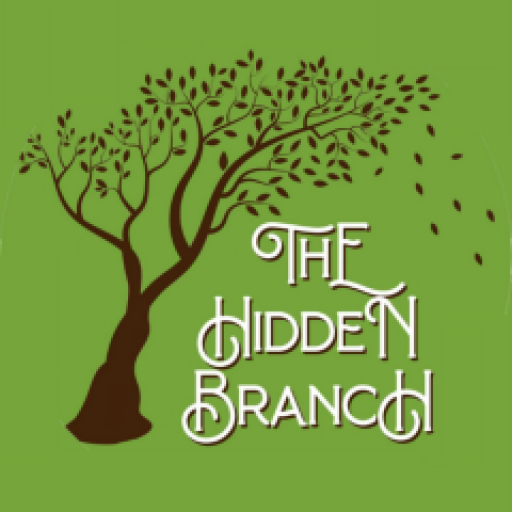If you’re unfamiliar with English genealogy research, you might think that because we’re on an island, things are comparatively pretty close together, unlike in larger nations like the US or Canada. On a few occasions, I’ve encountered people who were tracing their US ancestors back to the UK and thought that because they’d found people with the right names born in England, they’d automatically found their family members. Unfortunately, it’s not that simple. Commonly used first and surnames often lead to multiple sets of couples with identical forenames and surnames living in the same time-frame, in different parts of the country, or sometimes even in the same county.
This is where Google Maps comes in as an asset. I’ve found it’s particularly useful post-1837 when you’re looking at civil registrations and considering ordering birth, marriage, or death (BMD) certificates from the General Register Office (GRO). If there are multiple candidates of registrations that could be your ancestor, it can get expensive if you want to order all those certificates. One way to help narrow them down is to consider the distance between the location of the registration office where the BMD occurred, and where your ancestor was known to live.
In the past, it was less common that a person would travel to get married, or go on holiday and give birth or die while they were away from their usual home. For example, if you have an ancestor who appeared in multiple census records as living in the village of Spaxton in Somerset, the likelihood is they would have stayed within its surrounding villages for most of their life. Therefore, if your ancestor appears in multiple census records living in Spaxton, which of these Somerset registration offices would they be more likely to visit: Bridgwater, which today is approximately a 5 mile walk away based on Google maps, Taunton, which is about 9 miles away, or Wiliton, which is close to 12 miles away? The likelihood would be Bridgwater as it’s close to half the distance of the other two.
- Google Maps walking journey from Spaxton to Taunton, approximately 9 miles, taking 3 hours 3 minutes.
- Google Maps walking journey from Spaxton to Wiliton, approximately 12 miles, taking 4 hours 4 minutes.
- Google Maps walking journey from Spaxton to Bridgwater, approximately 5.3 miles, taking 1 hour 44 minutes.
If you have an ancestor with a relatively common name and searched FreeBMD to find there were a few children with that name born around the same time in Somerset, and you’re perhaps unsure of the mother’s maiden surname, then you could consider the distance from where they were known to live to the registration office. This might save you buying multiple birth certificates, which is often a barrier young people face when we’re doing genealogy on a budget. You could also look up any known siblings, as this will further strengthen which is the right birth record, as I’ve often found siblings to be registered in the same registration district.
Of course if you want to scrutinise their journey, it would be more accurate to view an old map from the time period in which your ancestor’s BMD occurred, but looking at the modern walking route can quickly give you a decent idea of the distance and time it would take to cover that ground on foot. You can consider things like the wage they had on their occupation as to whether they’d likely have access to another mode of transport, such as a horse, to reach a registry office more further afield, or whether their type of employment would enable them to have time off work or away from the household to allow them to travel for hours out of the day to register the event. Something else to bear in mind is that you may find that your ancestors didn’t register some of their BMDs at all if it occurred pre-1874, because although England began registering BMDs in 1837, it wasn’t compulsory until 1874.
Have you encountered any difficulties in distinguishing the correct BMD records for your ancestors? Did you find any useful ways to narrow down the right one? We’d love to hear about it in the comments, or let us know on social media @TheHiddenBranch.




Excellent advice.
Thank you, Therese!
Thank you for this blog post. You helped my confirm a relationship by comparing the mother’s maiden name on the freeBMD. That saved a lot of unnecessary incorrect record ordering Thank you. Lisa @nextgenerationfamilyhistory.
So glad you found my post helpful, Lisa! It’s great to hear you’ve managed to confirm a relationship 🙂